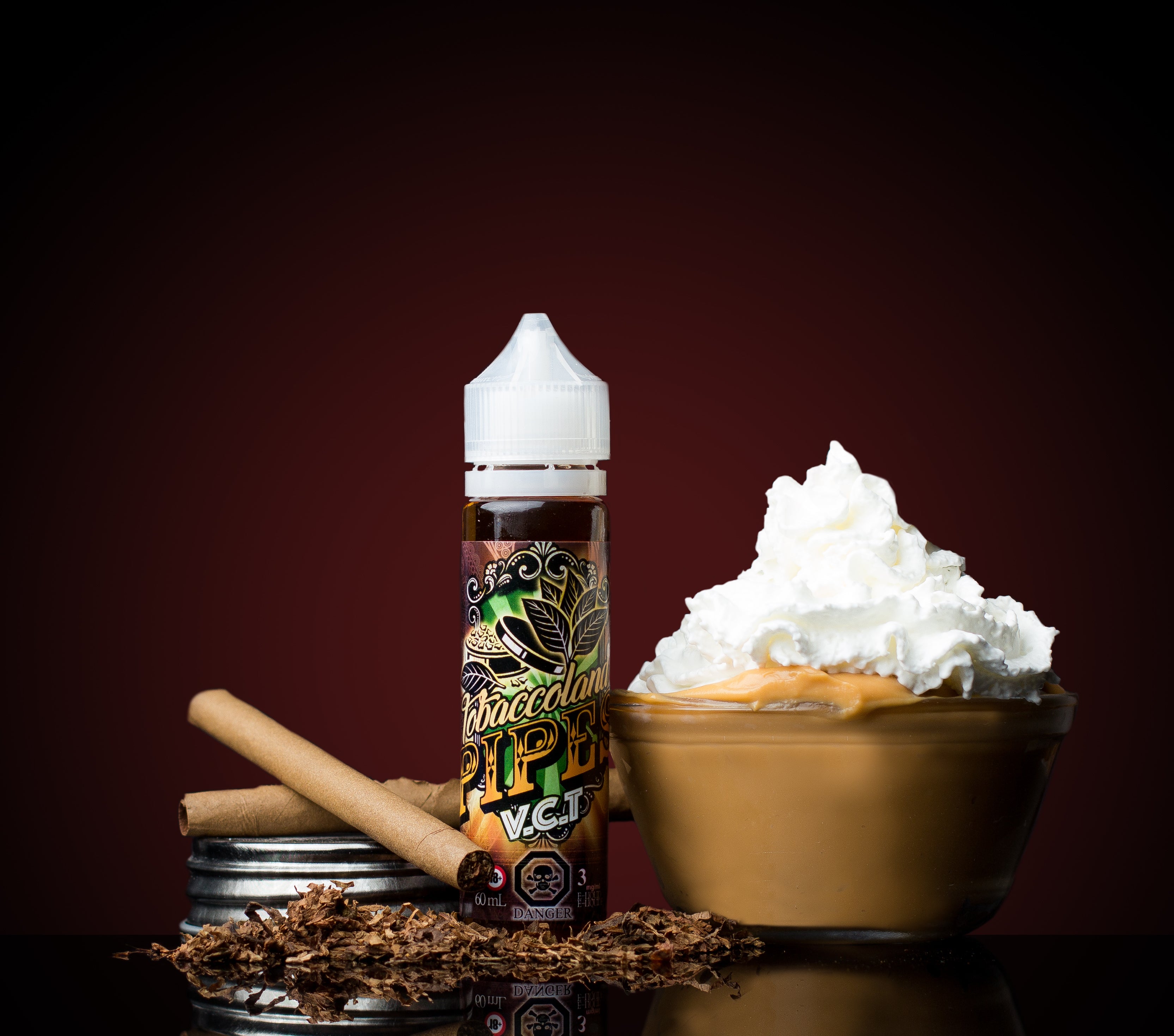How Taste Works in Collaboration with Smell
We’re all familiar with the five senses: sight, hearing, smell, taste and touch. We learn about them in grade school, and out of these senses, taste seems like the simplest. There are no tympanic membranes or cochlea. No rods or cones. No layers of epiderma. Yet, we understand less about taste than any other sense. Why is this seemingly simple sense so mysterious?
Taste and flavor are two different things!
For starters, there are a lot of misconceptions surrounding taste. Most people confuse taste with flavor when, in fact, they are two different things. Taste refers to the chemical sense perceived by the tongue. Flavor refers to the taste of a food or drink, and occurs as a result of a combination of senses including touch, taste and smell.
Tongue or nose, that is the question.
When it comes to flavor, our mouths and tongues get all the credit. It seems only logical that the tongue is the primary tool for sensing flavor. Yet, our tongues are basic organs. They can identify the five basic flavors: sweet, salty, sour, bitter and umami, but little else. It makes sense when you think about it from an evolutionary stand point. Our tongues evolved to identify toxins which are often indicated by a bitter or acidic flavor. But, if our tongues aren’t the primary tool for flavor, what is?
Retronasal smell is flavor’s hero.
It turns out the complexity and nuance of a flavor comes from our sense of smell. It is through a process called retronasal smell that we detect and savor the millions of flavor combinations that exist. Without retronasal smell, we wouldn’t be able to taste much flavor at all!
In brief, as we eat, special receptors in the back of the nose detect the aerosolized molecules from our food. These receptors send signals to the olfactory bulb which compiles smells, along with input from the other senses, to build our perception of flavor. Studies suggest that our ability to recognize specific aromas plays a big role in the pleasure we get from food.
The science of smell, taste and flavor.
Smell, and therefore taste, is one of the least well-understood and studied of our senses. The discovery that smell is critical to sensing flavor is relatively new. This discovery has inspired a whole new field of neuroscientific study. Gordon Shepherd of Yale University, coined the term “neurogastronomy”, to encompass this field. Neurogastronomy brings together neurology, psychology, anthropology and food science with the elements of eating.
In sum, there’s a lot more to flavor than meets the tongue! The brain’s flavor-recognition system is highly complex, and smell is a key player in that system.
All this to say, when you are flaving, make sure you take your time! Breathe deep. Drag out your inhale and your exhale. Put your sense of smell to work and discover how complex our flavors really are.
If you enjoyed this article and would like to read more from VanGo, sign up for our newsletter below!















